.jpg?width=458&height=305&name=GettyImages-805085582%20(1).jpg) What Makes Cycle So Great?
What Makes Cycle So Great?
Ready to switch up your cardiovascular fitness routine? Give indoor cycling a shot. A cycle class has the capability to give you an intense workout while keeping the impact on your joints at a minimum. The group environment of a cycle class allows you to feed off the energy in classroom and the instructor, while motivating your fellow participants.
Indoor cycle is a great workout for all fitness levels. Each participant can determine their own desired difficulty based on the instructor’s cues.
For Your First Cycle Class
If it has been a while or your first time in a cycle class, arrive 10-15 minutes early to get assistance from the instructor setting up your bike. The instructor will be able to tell you how to adjust your bike and what cue the form so you can be set up for success before class has started.
During the class, the instructor will remind of this proper form we must maintain even during challenging portions of the ride. Along with this, you will be guided on how challenging the ride should be and what you are looking to achieve during the ride. This gives a teamwork feel to your indoor cycling ride, while pushing to be better during each segment of the class.
Hydrate! Make sure you bring plenty of water to cycle classes. Even with the use of fans, indoor cycling gets sweaty. Don’t be afraid to use active recovery portions of the ride to take a moment to drink some water and wipe of the sweat. You are working hard; you deserve a breather!
You should wear something that you feel comfortable in for cycle class. Due to the intensity of the workout, it tends to be a sweaty one. Wear a top that is made of a sweat wicking fabric. Tank tops can be great for temperature control and comfort. For bottoms, workout tights/leggings, biker shorts, or athletic shorts can all be suitable options. If the bottoms are comfortable and not loose enough to get caught on the indoor bike, you are good to go. Normal gym shoes are fine for cycle class, and you can strap into the cage pedals. If you attend cycle classes, more regularly, bike shoes that clip into the pedals are also an option.
What do you enjoy most about cycle classes? Share in the comments!


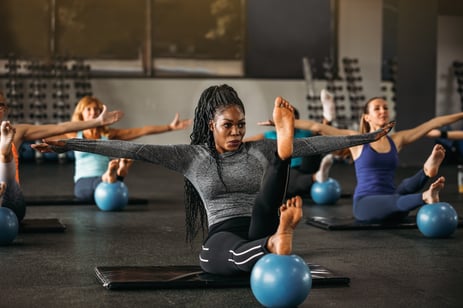 When waking up early in the morning, it can be extremely difficult to make it through a morning workout by yourself or perhaps you may not push yourself as hard through the last round of squats as you power through alone. There is a quite a bit that can be said about exercising in a group and how it births motivation.
When waking up early in the morning, it can be extremely difficult to make it through a morning workout by yourself or perhaps you may not push yourself as hard through the last round of squats as you power through alone. There is a quite a bit that can be said about exercising in a group and how it births motivation..jpg?width=434&name=GettyImages-1215677044%20(1).jpg) While many may have feelings of uncertainty come to mind with everything we’ve endured thus far in 2020, we’ve also experienced inspiration from the dedication of our healthcare workers and educators and witnessed innovation in how many industries are adapting to remote workforces and revised service models.
While many may have feelings of uncertainty come to mind with everything we’ve endured thus far in 2020, we’ve also experienced inspiration from the dedication of our healthcare workers and educators and witnessed innovation in how many industries are adapting to remote workforces and revised service models.
.jpg?width=404&name=GettyImages-1132973672%20(1).jpg) Fitness Fads vs. Classic Methods
Fitness Fads vs. Classic Methods.jpg?width=521&name=GettyImages-929610028%20(1).jpg) I’m Too Old
I’m Too Old
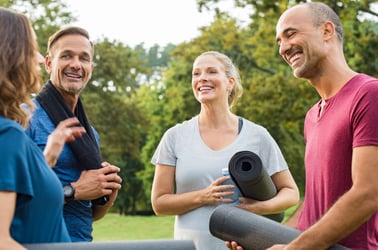 You might have heard that yoga is great for flexibility and a great opportunity to meditate. Beyond those benefits,
You might have heard that yoga is great for flexibility and a great opportunity to meditate. Beyond those benefits, 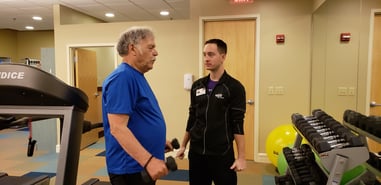 There are many reasons to work with a personal trainer from NIFS, and in this blog we cover the top five: forming habits, fun, accountability, comfortability, and safety.
There are many reasons to work with a personal trainer from NIFS, and in this blog we cover the top five: forming habits, fun, accountability, comfortability, and safety.
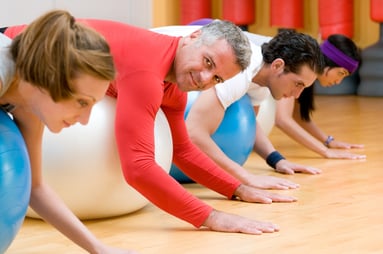 We’re onto something in
We’re onto something in 
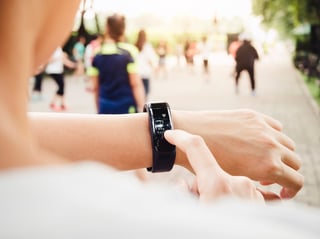 Every year the
Every year the 
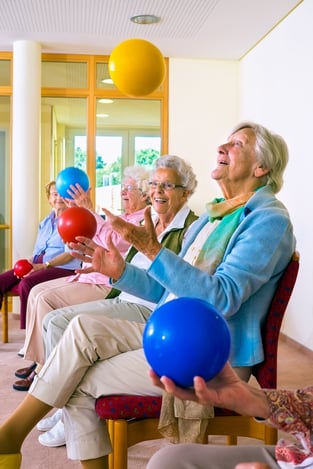 Group exercise classes are one of the top activities in senior living communities nowadays. With the increasing number of activities provided on community calendars, having a good group exercise program
Group exercise classes are one of the top activities in senior living communities nowadays. With the increasing number of activities provided on community calendars, having a good group exercise program 